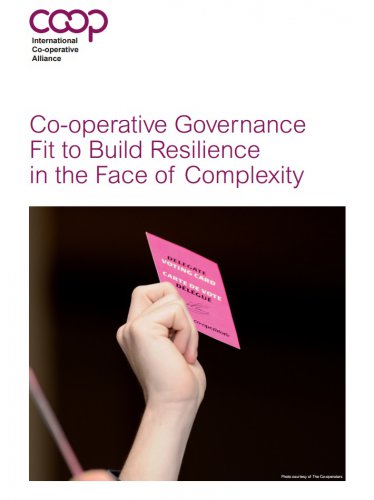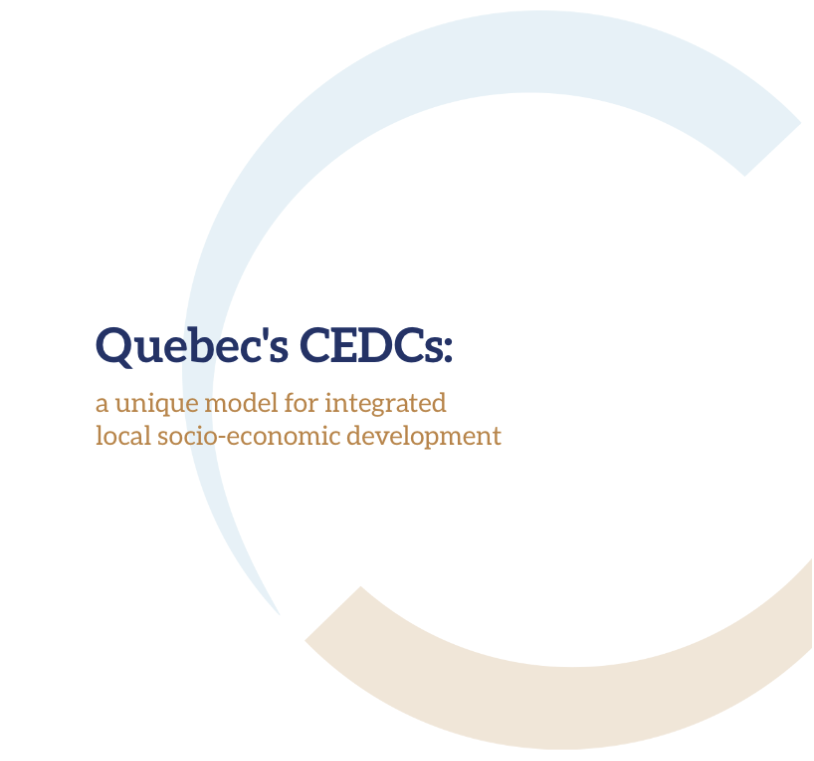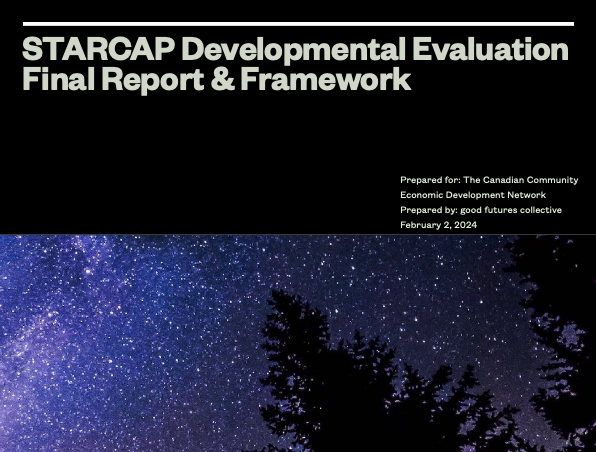A think piece, such as this one on governance in co-operatives, is designed to be thoughtprovoking and invite debates and discussions, agreements and disagreements, new ideas and reassurances. Our intent is to initiate rich conversations and motivate co-operative members and leadership to re-examine the wide-ranging systems of governance they are a part of. Are these systems conducive to multi-layered participatory frameworks? Are channels of communication open throughout the organization and into the community?
Starting from the Blueprint’s vision for elevated participation within the co-operative movement (see p. 135), we also look at the economic trends that call for networked governance. Global society is facing new trends in which co-operatives are seen to be the enterprises of the future. How can co-operative governance match those trends and expectations?
Our introduction is built on those premises: looking to increased complexity in the socioeconomic milieu that demands structures which build resilience, coupled with vibrancy of new networked social movements and co-produced technology, we highlight the characteristics of co-operative governance fit for the demands of the emerging socio-economic systems. Our introductory remarks present the building blocks of such co-operative governance systems, followed by a group of contributors who present a select sample of experiences in co-operatives, allowing us just a glimpse into the diverse world of co-operatives today. This document is opening the space for what we hope will be rich ongoing conversations and evolution into the next decade and beyond.
Download Co-operative Governance Fit to Build Resilience in the Face of Complexity
Table of Contents
| Statement on the Co-operative Identity | ||
| Foreword | ||
| Pauline Green President International Co-operative Alliance | ||
| 1. INTRODUCTION: Co-operative Governance Fit to Build Resilience in the Face of Complexity | ||
| Sonja Novkovic and Karen Miner | ||
| 2. The design of effective democratic governance structures for large co-operatives | ||
| Johnston Birchall | ||
| 3. Governing Resilient Co-operatives: Agricultural Co-operatives in Scotland | ||
| Richard Simmons, Bob Yuill, Jim Booth | ||
| 4. Creating Competitive Advantage in Agricultural Co-operatives through Improving Governance Systems and Enhancing Member and Community Engagement | ||
| Yoshiaki Masuda, Tetsuji Senda, Kengo Nishii | ||
| 5. Worker Co-operatives In Focus | ||
| a. Governance in Mondragon | ||
| Frederick Freundlich | ||
| b. Co-operation as Conversation: Suma Wholefoods UK | ||
| Bob Cannell, Suma member | ||
| c. Union Cab of Madison, Wisconsin, USA | ||
| John McNamara | ||
| 6. Governance of European Co-operative Banks: Overview, Issues and Recommendations | ||
| Hans Groeneveld | ||
| 7. The eternal triangle: the crucial role of the Chair and Chief Executive in empowering the board | ||
| Chris Cornforth | ||
| 8. Governing Resilient Co-operatives: A competence based model | ||
| Cliff Mills | ||
| 9. Finding the Balance: Staying Focused on the Local Member | ||
| Patrick G. Mangan | ||
| 10. Governance in Solidarity | ||
| Jean-Pierre Girard | ||
| Co-operative Governance and the Blueprint for a Co-operative Decade | ||





